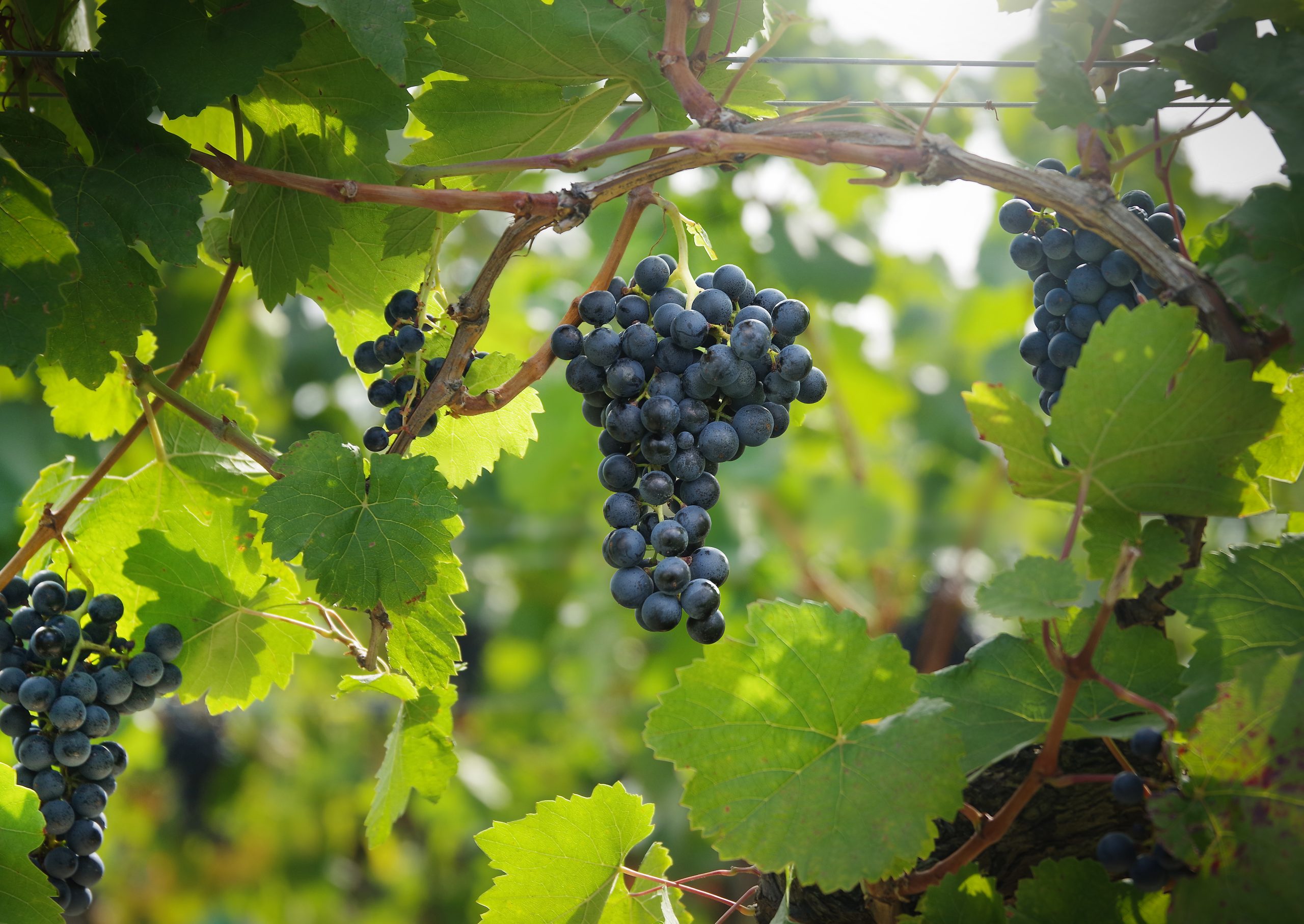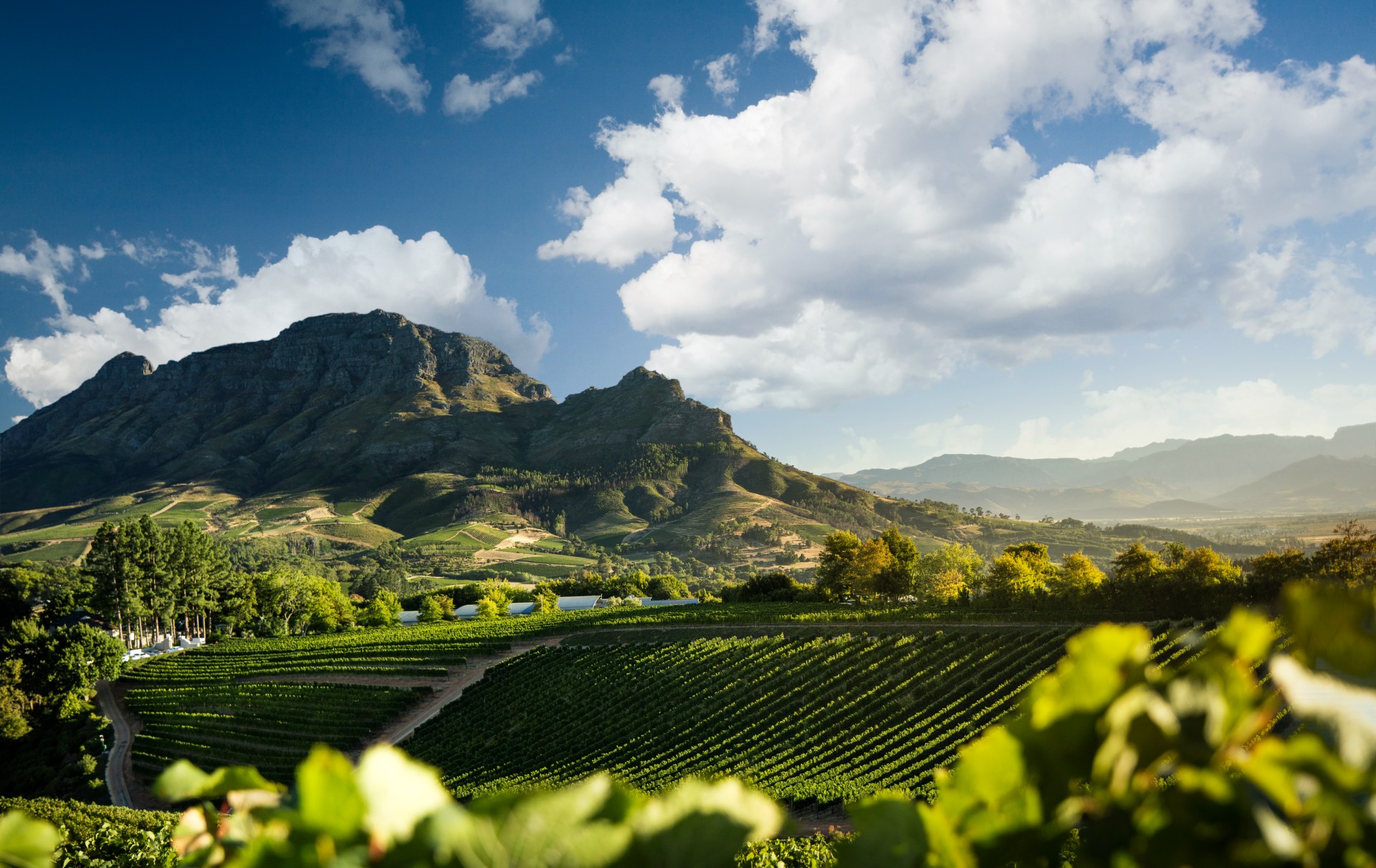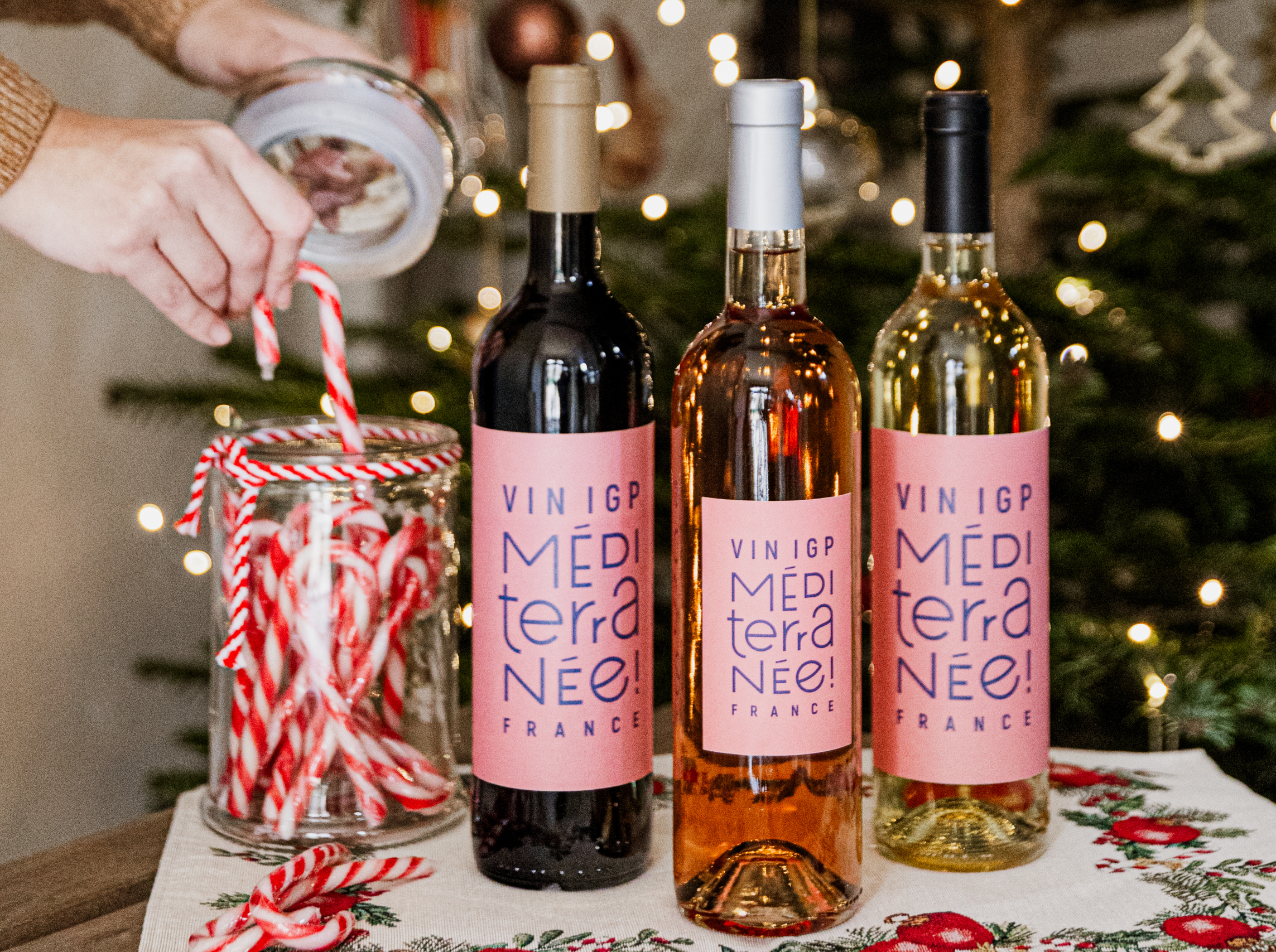Kiwi fruit conundrum
Faced with a glut of grapes, marketing has assumed even greater importance for New Zealand. Will Kiwi wines have to lower their famously high price tags to shift unprecedented volumes? Susy Atkins reports
ANYONE VISITING New Zealand’s wineries after an absence of three or four years should be warned in advance. The face of this country’s wine industry has changed, and how. For a start, the new plantings are on a colossal scale.
Flying into Marlborough, it is clear that this is now strictly a mono-culture. Vines stretch from one end of the Wairau Valley to the other, and aside from the huge tracts of vineyard, grapes seem to have been stuffed into every available pocket-hanky-sized plot of land.
It’s not just in Marlborough that wine has created a new gold-rush. Central Otago is the scene of frenzied activity as investors pour in, Hawke’s Bay is seeing big new plantings and Gisborne is expanding.
The Waipara region, near Christchurch on the South Island, is another area of major development. And it is all happening now, or rather, it started happening three or four years ago, so a grape glut is widely expected by the time we get to the 2004/5 vintage.
All in all, vineyard expansion has doubled since 1996. Grape production has increased by more than 50% and wine production by over 56%. The annual estimated grape harvest growth rate from 2001 to 2006 is 25%. Oh, and the number of wineries trebled from 131 in 1990 to 405 in 2002.
There are plenty more breathless statistics to wow you with, but you get the picture. It sounds impressive, but such rapid expansion is obviously putting a strain on certain parts of the industry, particularly the smaller players.
It may affect prices, as we shall see, and it will certainly lead to a period of uncertainty over New Zealand wines. Put simply, when the extra fruit comes on stream, how much more Kiwi wine can the export market take?
Philip Gregan, head of the generic body New Zealand Winegrowers, based in Auckland, claims distribution for a major part of the industry is already in place. But he realises that with up to 200,000 tonnes of grapes coming on to the market in the next four-to-five years, New Zealand will have to increase exports dramatically.
"We need to see a significant investment in marketing," he says, admitting that the Kiwis "can’t be 100% sure that the world is ready for that much New Zealand wine". That said, Gregan declares the country’s industry is geared up for the glut.
"Everyone in the industry is well aware of the challenge," he says. "Many people have been around for a long time, and know what’s coming." Still, there is concern throughout the trade that anyone who has not done their homework will be caught out in the next few years.
More specifically, many of the new, often foreign investors in Central Otago are criticised for their naivety. Graeme Avery, entrepreneur and founder of Sileni Estates in Hawke’s Bay, comments, "There is undoubtedly some crazy money coming in from those who don’t necessarily need to see an immediate return.
For example, how much New Zealand Pinot Noir should be on the market at NZ$60? It’s concerning because world consumption of premium Pinot is simply not that great. There is a need for education here as some are ignorant of the difficulties that we could be about to face."
Brent Marris, winemaker and founder of Wither Hills, which sold to Lion Nathan for around NZ$50 million almost a year ago, agrees. "The established, top-end boutiques are fine, but there are plenty of other small, new wineries in New Zealand that will have to watch out.
At the moment the market is buoyant and nature has played its hand with short harvests, but the minute anyone starts to cut corners in the winery they will be in trouble. "Some of these boutiques could go from having too little fruit to too much in just a couple of harvests," Marris adds.
"This boom and bust situation is troubling as too many wineries came on stream too quickly in New Zealand. It won’t be a big problem for the larger companies, but for those without good marketing, distribution and promotion it could spell trouble."
Distribution in the export markets will indeed be key to the survival of the smaller operations, especially now that several larger companies (including industry leader Montana, Nobilo and Wither Hills) are now in foreign hands, and evidently benefiting from established distribution networks.
It is likely that in the next few months there will be more buyouts and, among some independents, a scramble to secure decent agents, particularly in the UK and USA, although some industry figures feel this may already be too late.
So where are the Kiwis hoping to sell all this extra wine? The US market is causing a stir at the moment as, for the first time, the Americans seem deeply receptive to the idea of Kiwi wine. One reason for this is undoubtedly the fact that New Zealand’s cool climate creates contrasting styles of wine to California – racy Sauvignon Blanc, elegant Pinot Noir, complex Bordeaux reds.
"There is a tremendous opportunity in the States at the moment," says Gregan. "It is nowhere near as mature a market as hat of the UK, so it marks a potentially welcome development for us over the next few years."
The word is that the Americans currently view New Zealand wines as deeply fashionable, but of course there is everything to play for as yet. But it will certainly be great timing if the next few years see the New Zealanders continuing to crack the States.
Australia is another interesting market for the Kiwis. A curious one perhaps, as a sense of rivalry is never too far away, but again, the cooler-climate wines made in the North and particularly the South Islands, contrast neatly with the ripe, rich blockbusters still turned out in many Aussie wineries.
Consequently, most New Zealanders are also looking to increase market share there. But there is also a strong sense that the UK and Europe must be kept healthy. "These are relatively well-developed markets," says Gregan, "but we now need to focus on innovative ways to reach consumers.
Partner Content
The next few years are important in terms of finding new ways to market our wines." With just 1% of the volume of total light wine in the UK offtrade, he clearly wants to reach more consumers.
The Winegrowers association is currently devising new strategies, to be unveiled in the near future. One obvious way of encouraging more consumers is through a clear slash in price, and it will be interesting to note whether New Zealand’s average price plunges far.
The country is famous for commanding high price tags – at £5.80, the highest average per bottle in the UK, and the second highest after France in the US. Will the grape glut see UK prices fall under a fiver?
Although it is tempting to picture a whole new raft of cheaper, easy-drinking, second-label Kiwi wines (think Nobilo’s White Cloud as a typical example), there is much resistance to this from the New Zealanders.
Alastair Maling MW, the new group winemaker at Villa Maria, the country’s third largest winery, believes £4.99 will be hard to achieve. "It depends on the new plantings coming on stream," he says, "and whether, or when, we actually get any high volume vintages, but I think to go under £5 is stretching it. £5.99 is much more likely."
The message from other winemakers is that at £4.99, they would be moving into an area in which they can’t compete well with other countries. But what’s the thinking at industry leader Montana? Lorraine McKinnon, managing director of Allied Domecq (which owns Montana), comments, "We are still at £5.99 and would like to keep it that way.
I think the market for expensive New Zealand wines may suffer – the demand for wines over £15 is so small, and those putting out expensive Sauvignon Blanc, in particular, may start to feel the pinch.
"We are all for good value, but the exchange rate has moved against New Zealand in recent months which has made it hard to keep prices low. And there tends to be a pretty volatile exchange rate in New Zealand as it is such a small country."
Ah, yes, the exchange rate. David Babich, assistant general manager at Babich, commenting on the challenges ahead for the New Zealand industry, says, "Primarily these are an increasingly strong dollar, high production growth, and an international environment that is recessionary in nature, particularly in the US, parts of Europe such as Germany, and in Japan.
This may well create problems for certain wineries that have high debt funding, or those that have not developed robust international distribution channels and wineries that have not managed their foreign exchange dealings effectively.
"In essence," he continues, "it boils down to having a low-cost structure, in particular low debt servicing, good sales channels, and managing the foreign exchange dealing so price increases or margin decreases are not forced."
All of which may well be relevant at all times in every wine-producing country, but it’s absolutely crucial in New Zealand for the next few years.
On a more optimistic note, Babich remarks that, "New Zealand has a high quality product to offer for which there will always be a market." And it’s certainly true that some industry figures are doubtful this exciting young wine country will really suffer as more fruit comes on stream.
Kate Radburnd, winemaker at CJ Pask and a leading figure in Hawke’s Bay, says, "This could be a golden opportunity for New Zealand, a chance to prove there is much more here than Sauvignon Blanc.
Don’t underestimate the advantages this could bring us. I fully expect the well established companies to benefit." And Claire Allen of Marlborough’s Huia winery goes as far as predicting, "The glut is over-estimated.
There has been talk of one for years and years, and yet there is always a frost somewhere to hold it back." Frost certainly brings a new factor into the equation. New Zealand has suffered from several bad frosts in the past few years.
Hawke’s Bay, for example, was hit so badly this year that crops are down an estimated 60% in certain parts of the region. "Nature has a way of evening things out," remarks Jeff Clarke, winemaker at Montana, who also notes that, because of the scarcity of suitable land and the scramble for more grapes, more and more have chosen to plant on marginal sites vulnerable to frost.
He, and others, also point out that there are limited water supplies which will eventually put a halt to much more expansion in certain areas, especially in the ever popular Marlborough region.
Looking five years down the line, we can certainly expect more variety from New Zealand – more Sauvignon Blanc at a wider range of price points (and possibly some price drops), more fine Bordeaux reds, particularly from Hawke’s Bay, more Pinot, including some lower-tier, less expensive labels, and the rise of both Syrah and Pinot Gris, as these varieties are proving successful for the first time.
Other expected developments are the continued growth of wine tourism, led by the Napier area of Hawke’s Bay which has been transformed in recent months with a proliferation of winery restaurants, wine shops and festivals.
Moreover, we can expect more wines bottled under screw-cap, as the Kiwis lead the charge in this form of packaging, cheered on by initial success.
Sure, the next few years are going to be tough, especially for the smaller players and those without the essential marketing network, but a sensible guess is that the end of the decade will see the New Zealand wine industry emerge as a far more important and serious player on the world stage.




